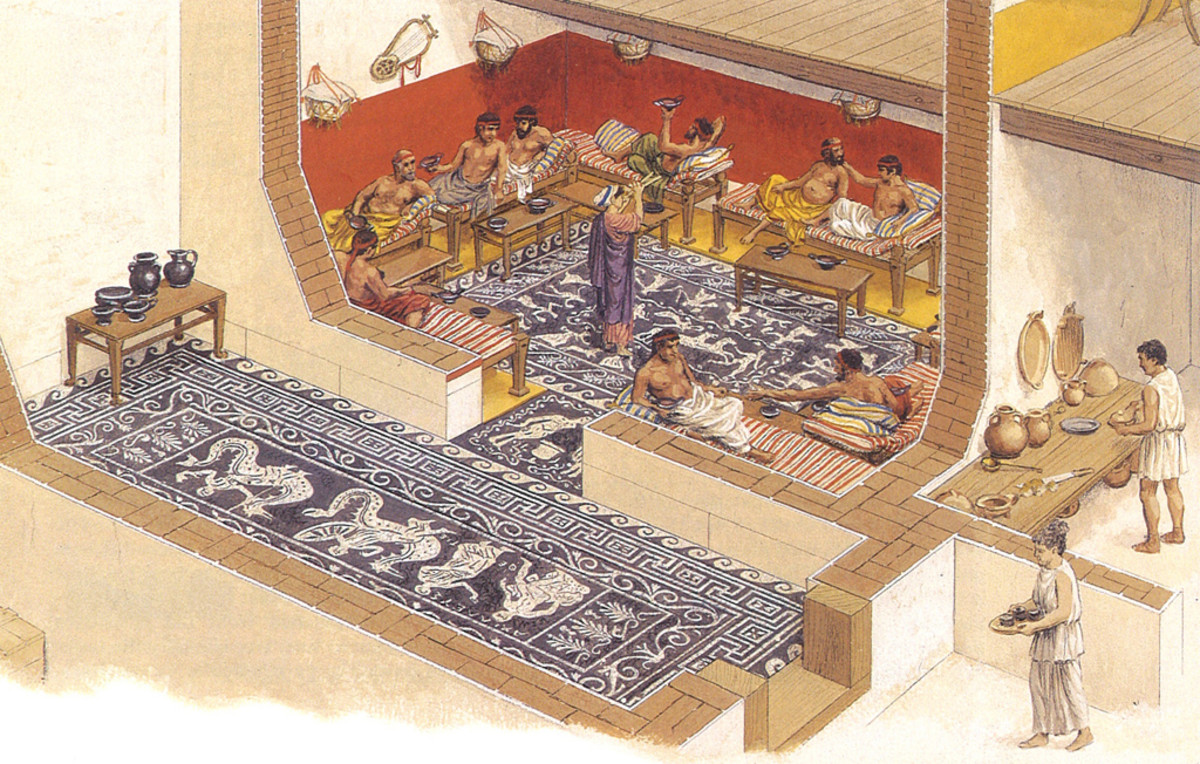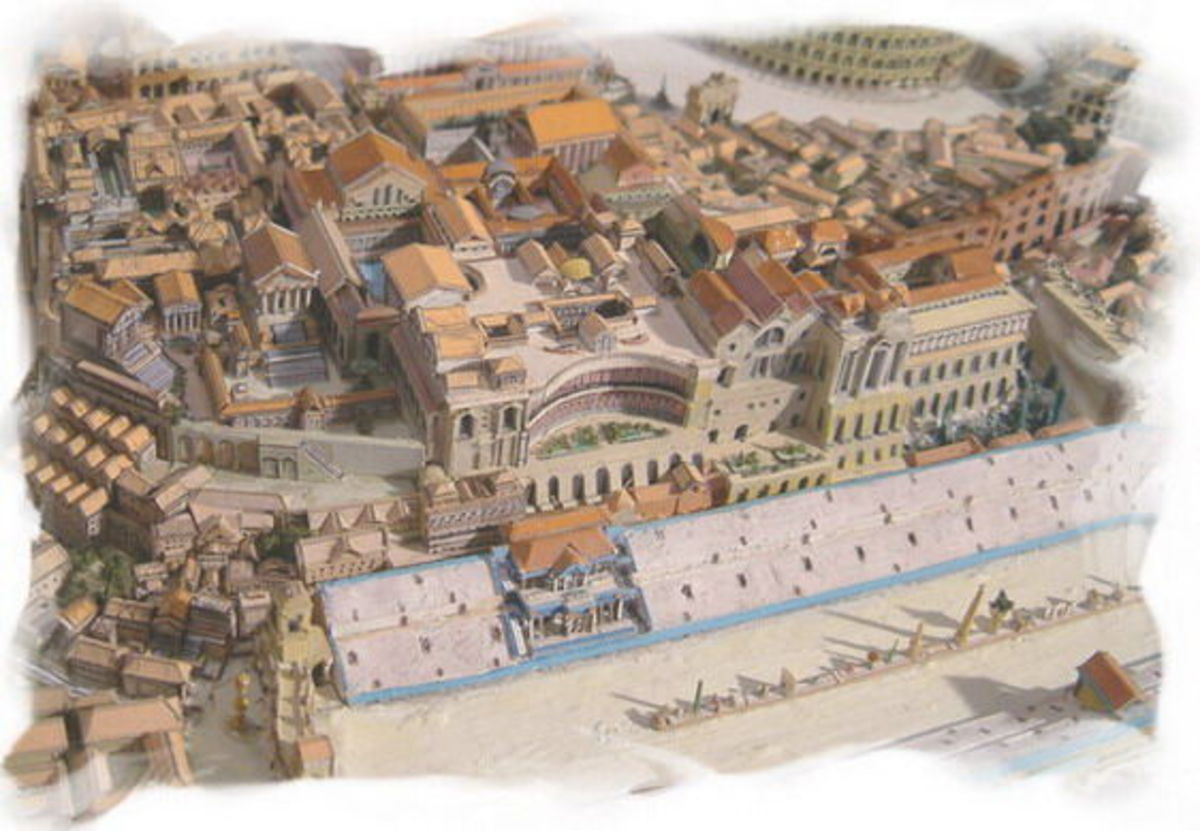Sustainablity 14: The New Urbanism

One of the newer catchphrases in the fields of architecture and town planning (as well as some areas of public policy development) is The New Urbanism. There have recently sprouted up several regional, national, and even international organizations promulgating and advocating new urbanism principles.
So just what is new urbanism? New urbanism is, in effect, a return to old urbanism. Prior to about 1950, both in the U.S. and elsewhere throughout the world, many communities developed around walkable neighborhoods, each having a sufficient mix of uses other than housing to reasonably support the community’s population. Rail or transit lines might enable many to commute to or from jobs, or travel from region to region, but most day-to-day activity could be conducted on foot, by bicycle, or with the occasional assistance of a motor vehicle.
From the 1950s through the present, however, worldwide there has been increasing reliance on the auto, its independence, its speed and its range. Whether one examines the increasing prevalence of block zoning (large undifferentiated blocks of the same building use or zone), the growth of highways, the spawning of ‘bedroom communities’ and suburbs, the decline of public transit, increased traffic congestion, or any of a number of other developmental trends, our deference to (even glorification of) the auto at the expense of the pedestrian is obvious.
New urbanism thus strives to place the pedestrian back in a position of prominence (or, at the least, a position of equivalence with the auto). Therefore, neighborhoods should return to diversity and a finer-grained mix of uses. Community assets should be available to one and all, within reasonable walking or biking distance. Balanced development should create jobs in tandem with housing, commerce and recreation. Pedestrian use and amenities should be weighed equally against those of transit and auto. Local areas should be developed heeding their unique climate, history, traditions and ecology. Planning, design and architecture should be conscious of green building principles, historic preservation, reclamation of distressed areas, and the creation of safe communities.
A somewhat interchangeable concept to new urbanism is that of traditional neighborhood development (TND), in which we return to residential neighborhood planning and development traditions and patterns that prevailed in the first half of the 20th Century.





